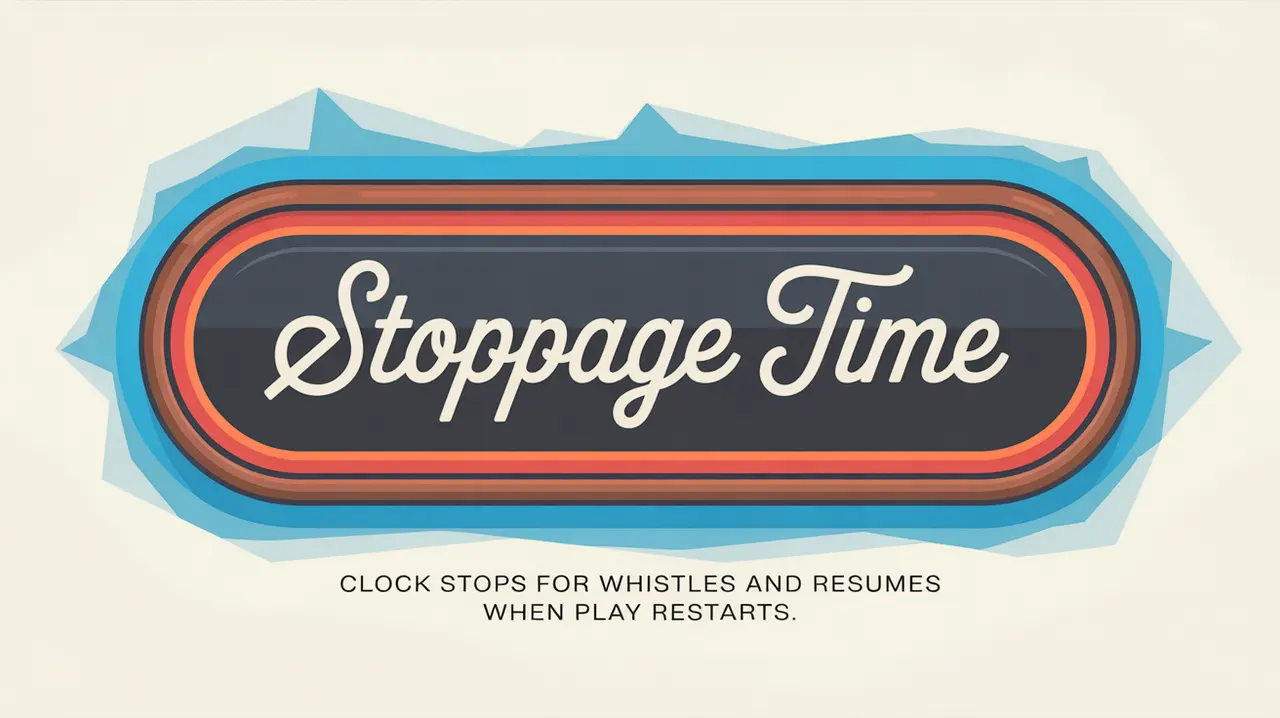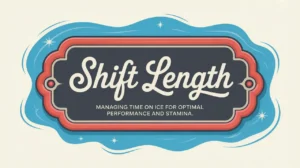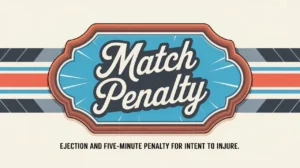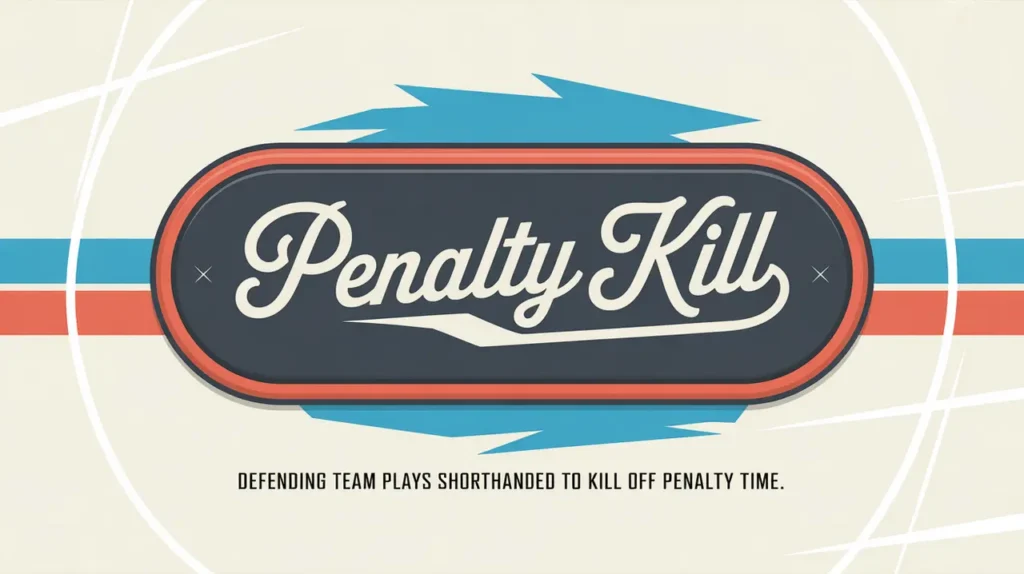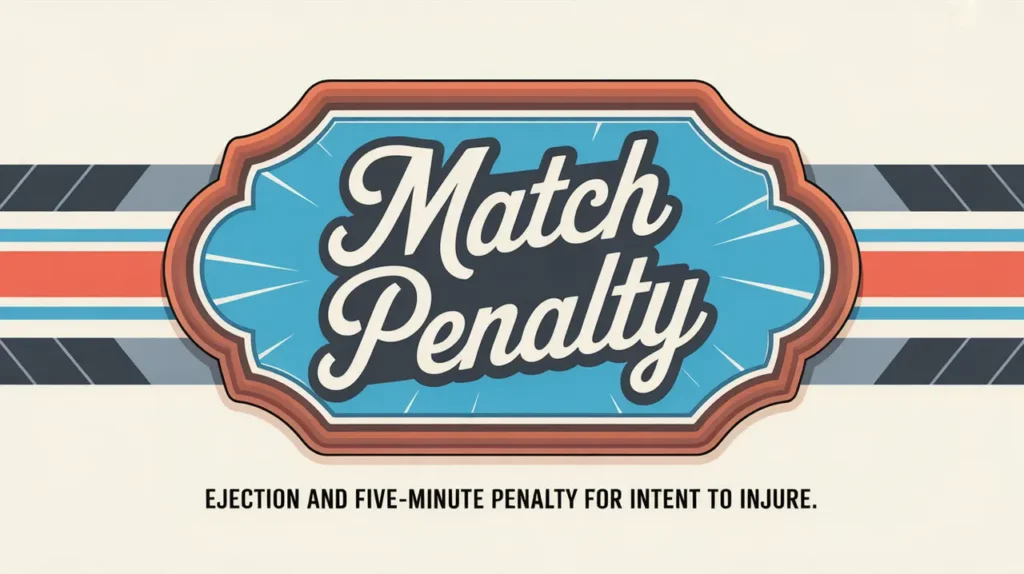Jim’s Intro to Stoppage Time
Hi folks, Jim here, the only commentator who once tried to argue that “stoppage time” was an oxymoron.
What is stoppage time?
Stoppage time refers to the practice of pausing the game clock during whistles, infractions, or interruptions, so that every game includes a full 20 minutes of actual play per period. It’s the standard at most competitive levels of hockey, ensuring fairness, structure, and full use of the allotted game time.
How does it work?
Stoppage time is straightforward but crucial:
- Clock Stops on Whistles: The clock halts for goals, penalties, offsides, icings, pucks out of play, and other stoppages.
- Full Periods: Each period contains 20 minutes of live play, not counting stoppages.
- TV and Media Breaks: At higher levels, scheduled breaks fit into stoppage time without reducing actual play.
- Timekeeping Precision: Official timekeepers control the clock to the moment of each whistle and faceoff.
- Endgame Management: Final minutes of close games can have many stoppages, making those moments feel longer and more intense.
- Overtime and Special Teams: Stoppage time remains in effect during overtime and power plays to preserve fairness.
How do you make good decisions with it?
- Manage Shifts Wisely: Players can push harder knowing whistles offer brief recovery.
- Use Stoppages Strategically: Coaches make tactical adjustments during breaks without losing game time.
- Stay Mentally Engaged: Frequent stops can break rhythm. Good teams refocus quickly after each whistle.
- Late-Game Awareness: Smart teams know how to use stoppages to control pace, especially when protecting or chasing a lead.
- Line Changes: Well-timed changes during stoppages keep players fresh and structure intact.
How do you master it?
Mastering stoppage time is about control and awareness. Teams learn to treat every stoppage as a mini reset, using the time to plan next moves, catch their breath, or swing momentum. Players practice staying sharp during breaks, avoiding dips in focus that can lead to mistakes after faceoffs.
What does it look like when done right?
When teams handle stoppage time well, the game feels measured and composed. Players stay focused, coaches make sharp adjustments, and endgame situations become strategic chess matches rather than scrambles.
Commentator’s Corner
Jim’s Take
Stoppage time is hockey’s built-in breather. It doesn’t slow the game down. It gives it structure.
Parent Tip
Use stoppages as teaching moments. Break down what happened in the play to build understanding between whistles.
Player Tip
Treat every stoppage like a mini timeout. Refocus, reset, and get ready to win the next shift.
A Final Thought
Stoppage time keeps the game fair, structured, and intense from start to finish. The best teams use every whistle not as a pause, but as an opportunity.

